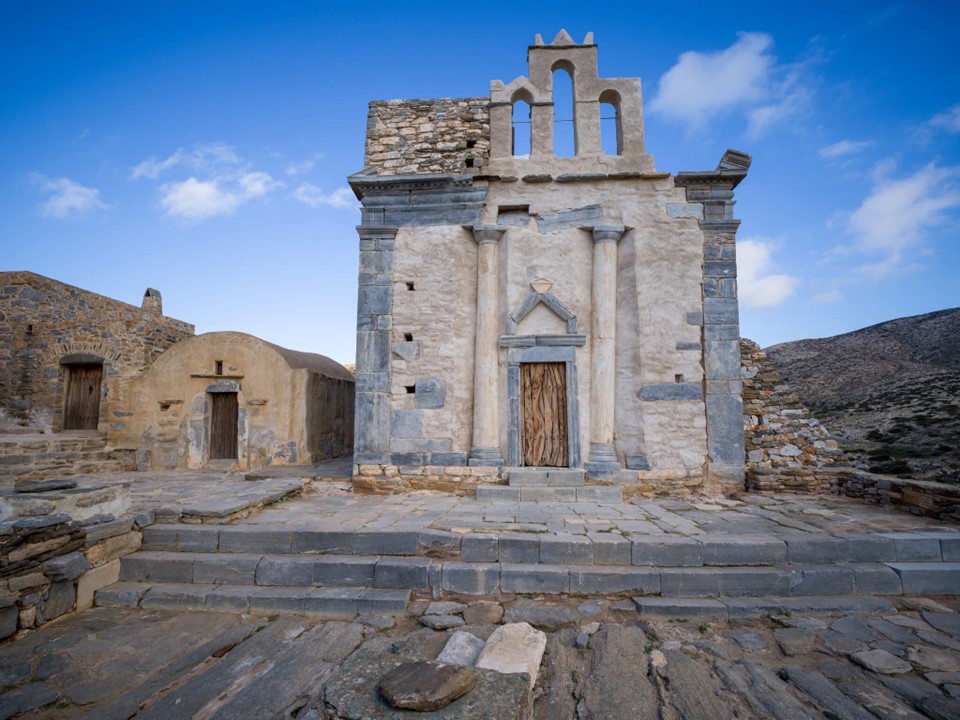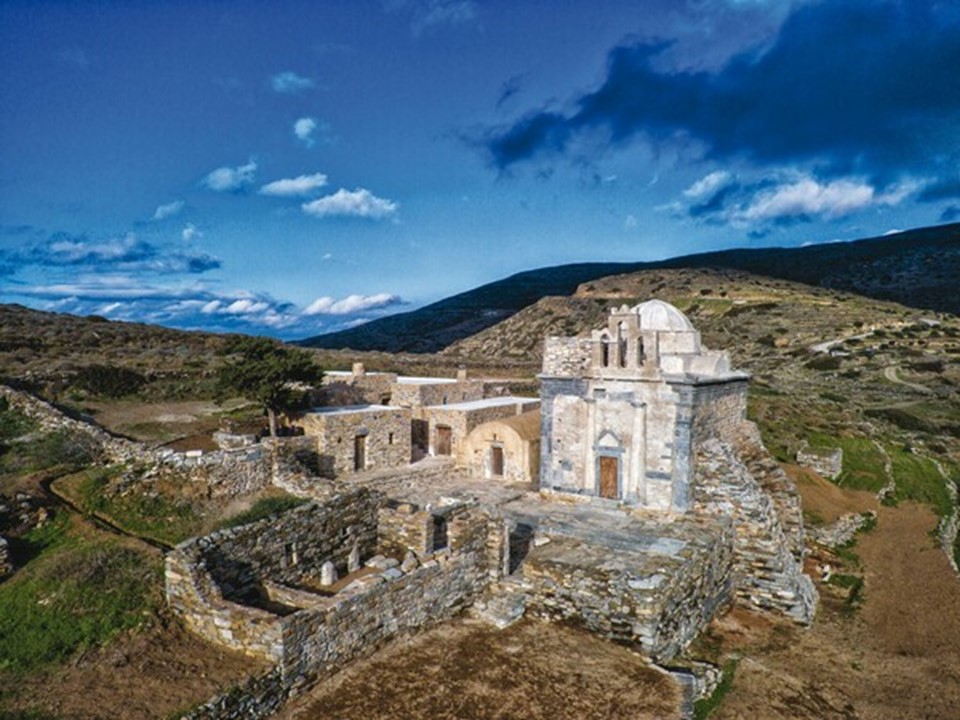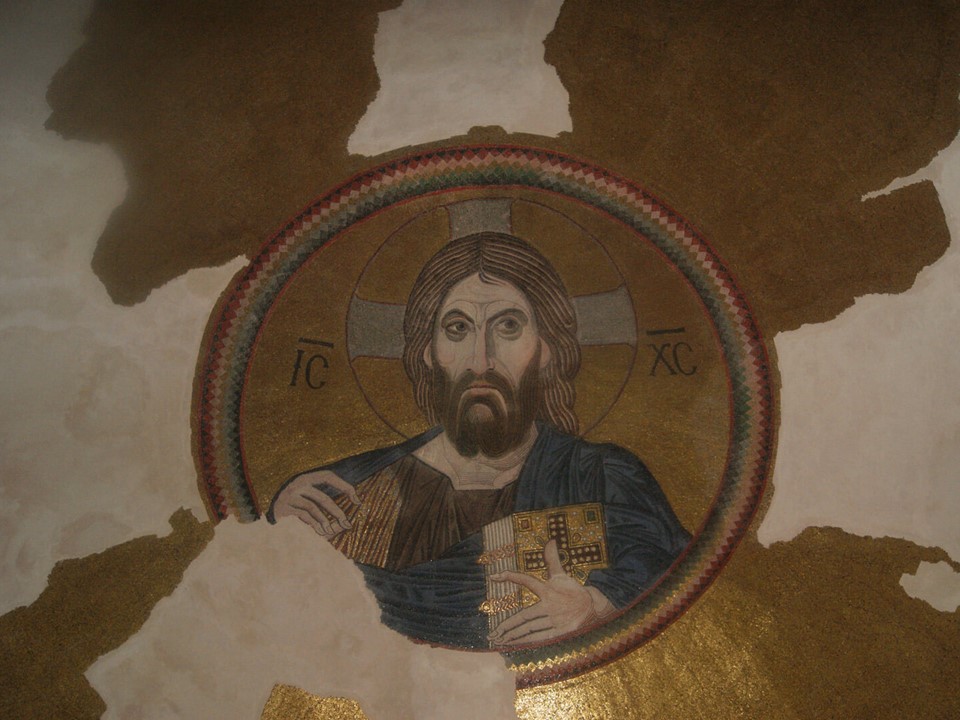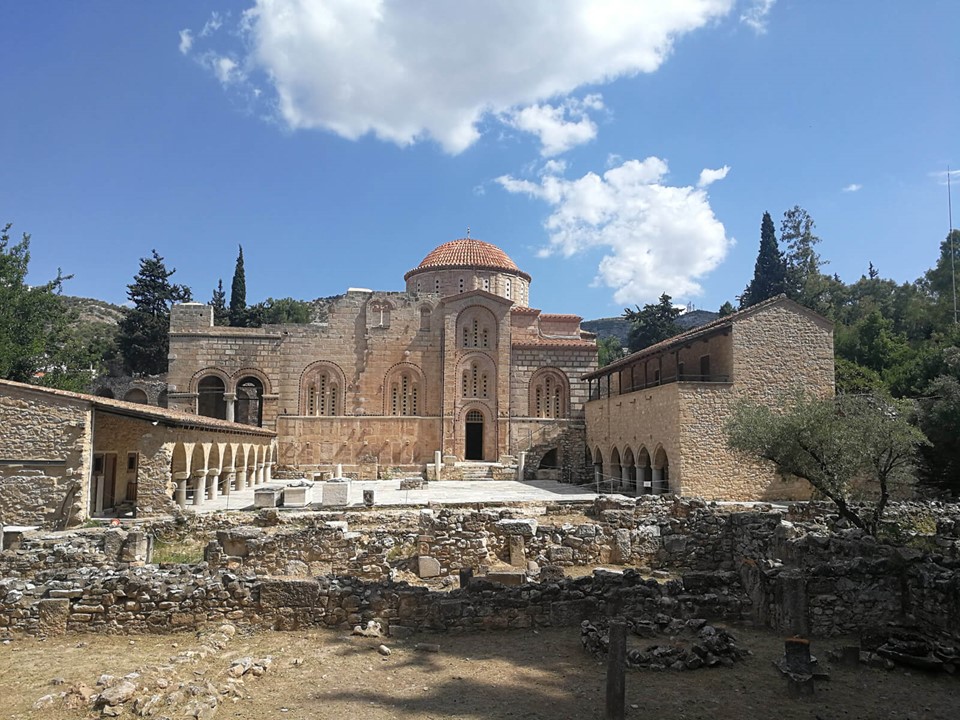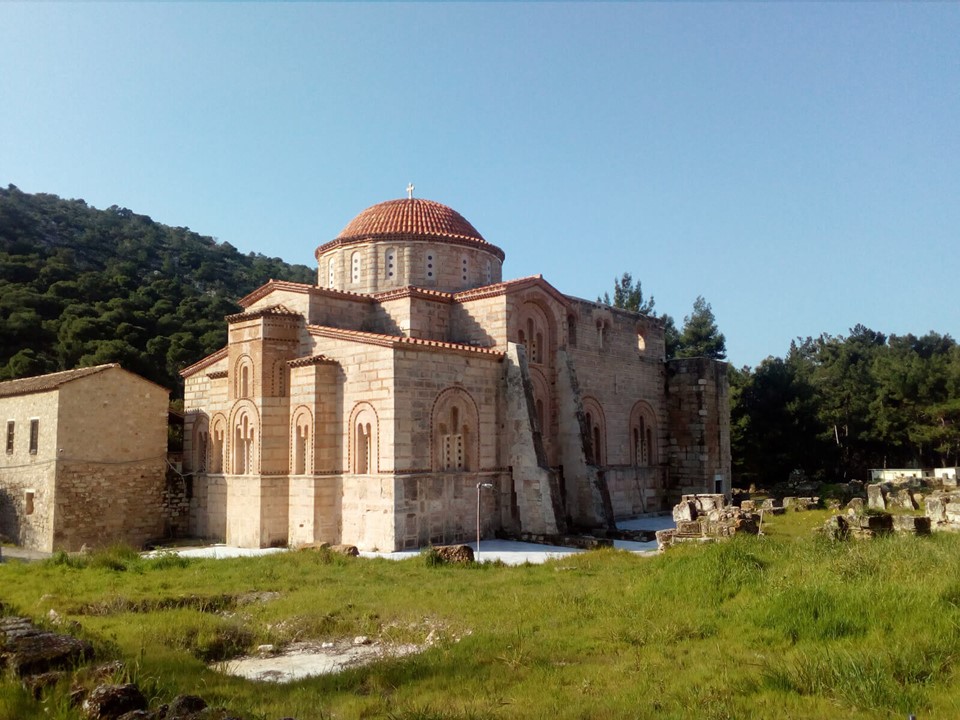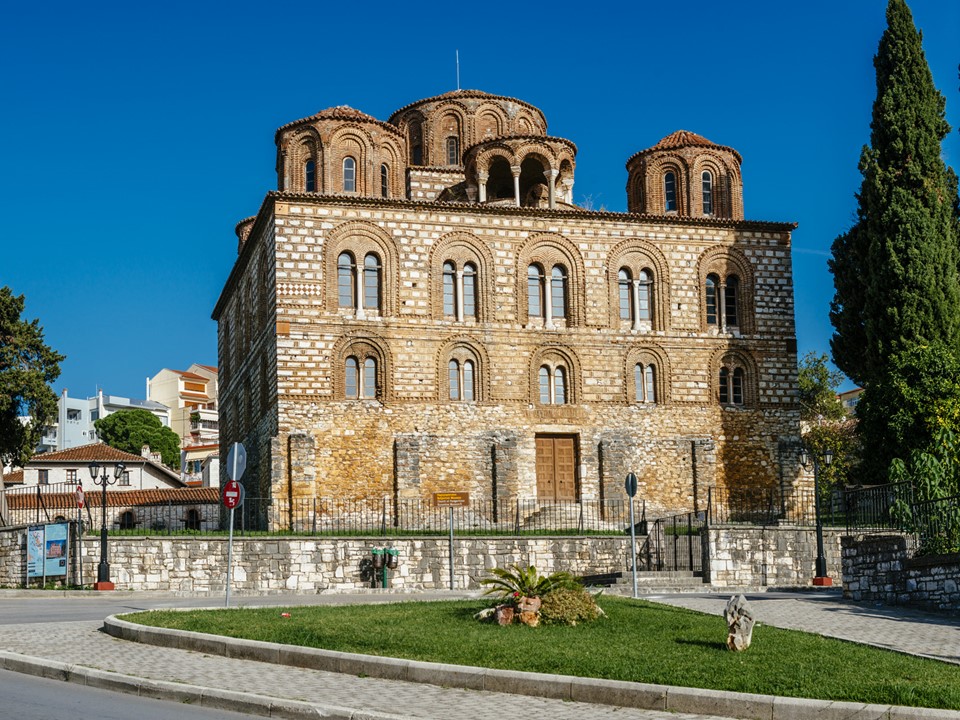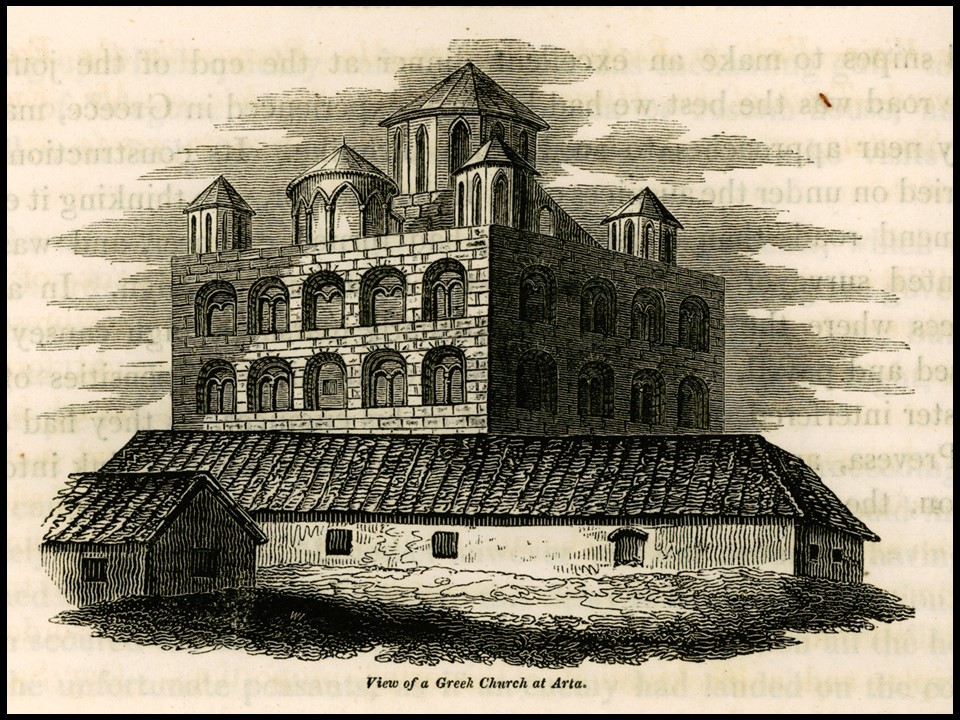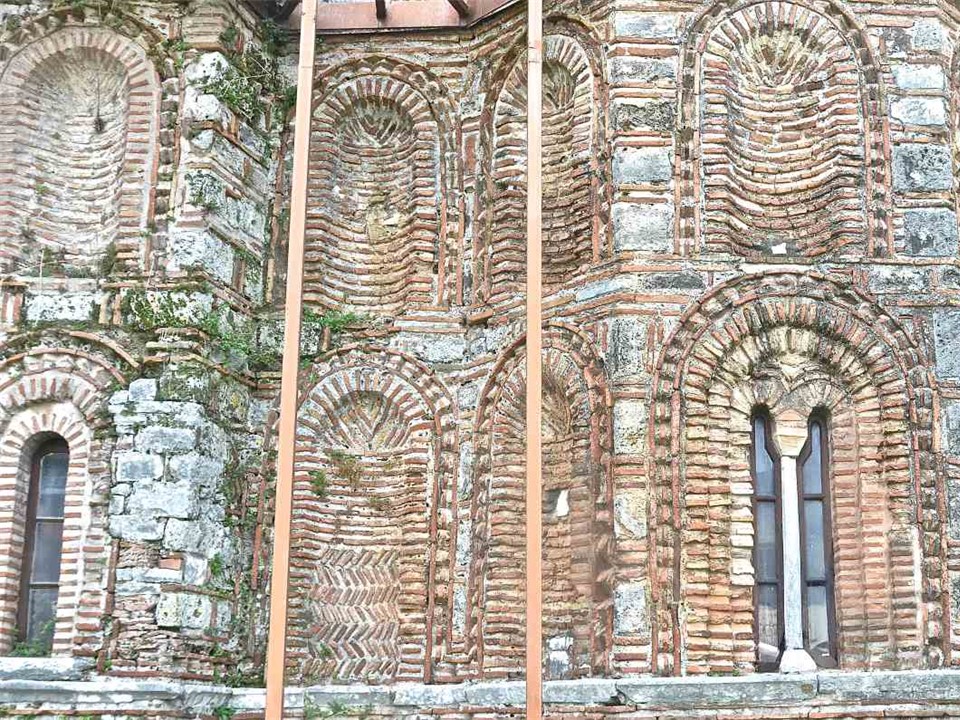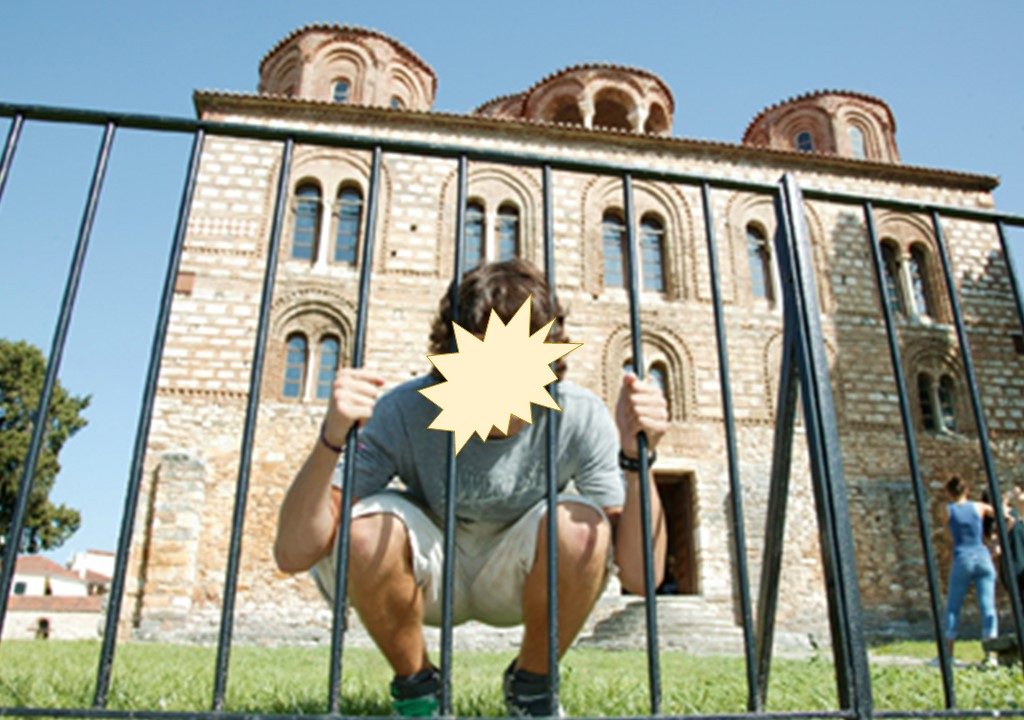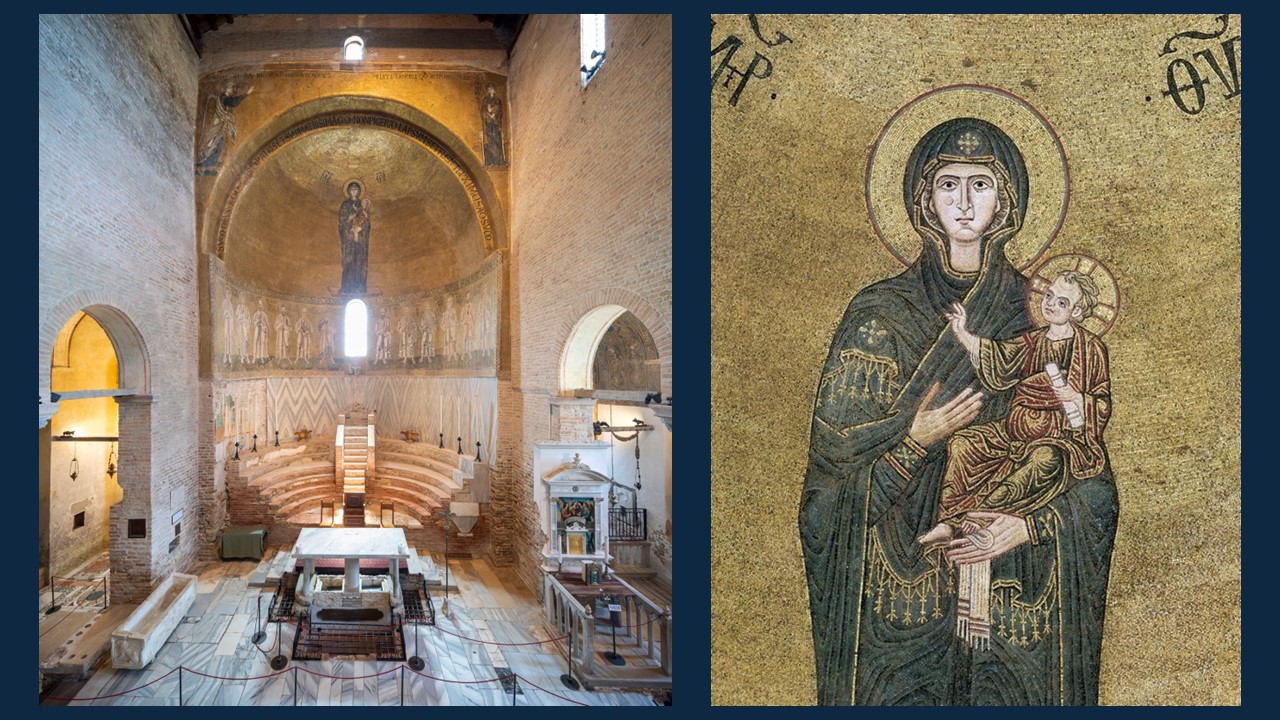
Torcello was the mother-city of Venice, and she lies there now, a mere mouldering vestige, like a group of weather-bleached parental bones left impiously unburied. […] The church, admirably primitive and curious… is rich in grimly mystical mosaics of the twelfth century and the patchwork of precious fragments in the pavement not inferior to that of St. Mark’s… Torcello, like the Lido, has been improved; the deeply interesting little cathedral of the eighth century, which stood there on the edge of the sea, as touching in its ruin, with its grassy threshold and its primitive mosaics, as the bleached bones of a human skeleton washed ashore by the tide, has now been restored and made cheerful, and the charm of the place, its strange and suggestive desolation, has well-nigh departed… wrote Henry James in Italian Hours. Fifteen years back when I first visited Torcello, the deeply interesting little cathedra was restored and cheerful and the mosaic of The Torcello Hodegetria… a sight I will never forget! https://www.online-literature.com/henry_james/italian-hours/1/ and https://www.museodelcamminare.org/progetti/re_iter/james/james_en.html
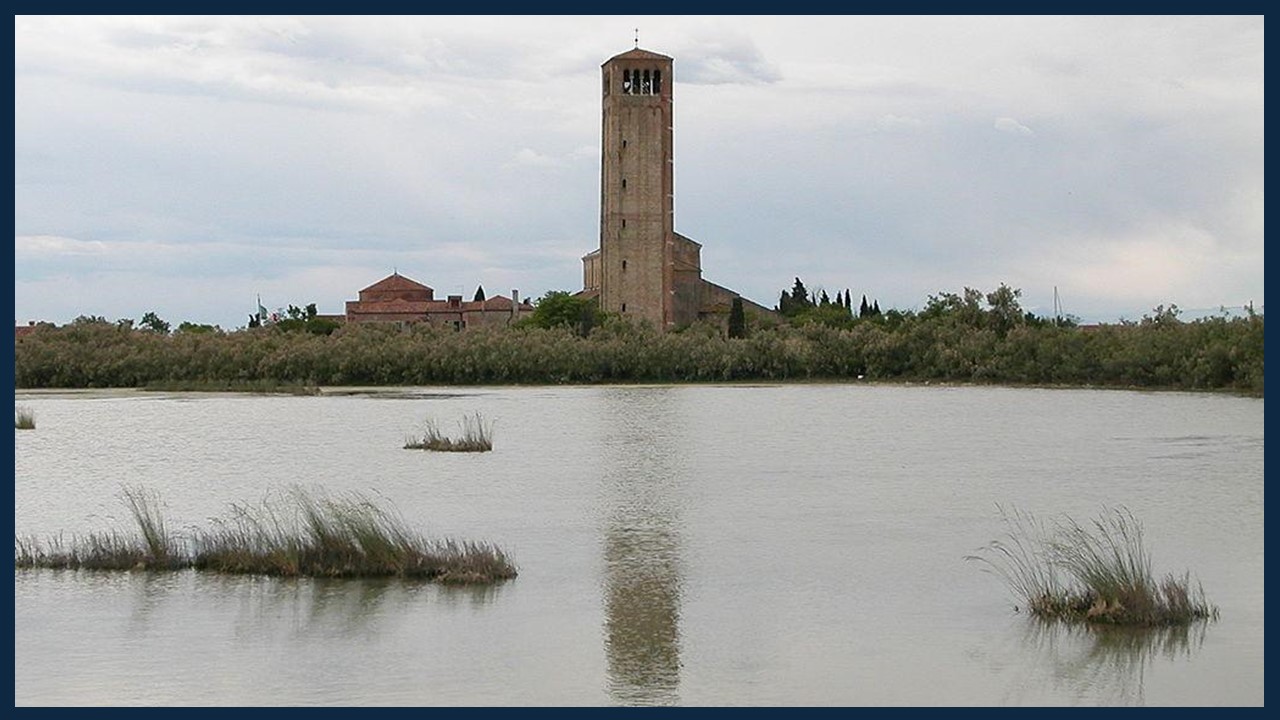
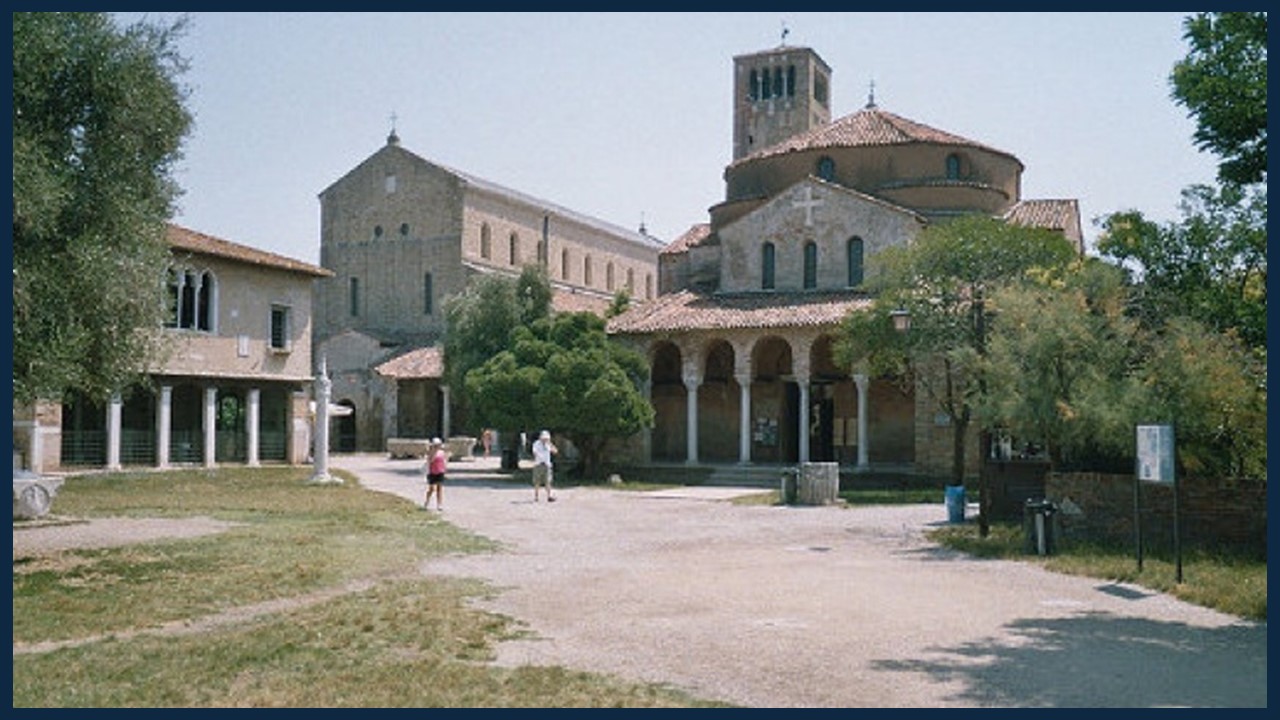
The island of Torcello, situated in the northern part of the Venetian Lagoon, holds a significant place in the history of Venice. Established around the 5th century, Torcello is one of the earliest lagoon islands to be populated, serving as a refuge for people fleeing barbarian invasions on the mainland. During its peak in the early Middle Ages, it was a thriving center of commerce and culture, surpassing Venice in both size and influence. The island is renowned for its historic landmarks, particularly the Cathedral of Santa Maria Assunta, which dates back to 639 AD and houses some of the finest Byzantine mosaics in Italy. Despite its decline in later centuries due to malaria and the silting up of its canals, Torcello remains a captivating testament to the early development and artistic heritage of the Venetian Lagoon.
The island boasts several remarkable monuments that reflect its rich history and cultural heritage. The centerpiece is the Cathedral of Santa Maria Assunta, founded in 639 AD, and renowned for its stunning Byzantine mosaics. Adjacent to the Cathedral is the Church of Santa Fosca, a beautiful example of Byzantine-Romanesque architecture, built in the 11th century. Another notable structure is the Torcello Museum, housed in two historic buildings, the Palazzo dell’Archivio and the Palazzo del Consiglio, which display a fascinating collection of archaeological finds and medieval artefacts. The iconic Attila’s Throne, a stone chair of uncertain origin traditionally linked to the legendary Hun leader, and the ancient Devil’s Bridge, known for its distinctive shape and mysterious legends, further enrich Torcello’s historical landscape, making the island a captivating destination for history enthusiasts and travellers alike.
The Cathedral of Santa Maria Assunta, founded in 639 AD, and renovated in 1008 by its bishop, Orseolo, whose father was the Doge of Venice, stands as a magnificent testament to early Venetian history and Byzantine artistry. As the oldest cathedral in the Venetian Lagoon, it embodies a rich blend of architectural and cultural influences. The cathedral is particularly renowned for its exquisite mosaics, which date back to the 11th century. These mosaics include an imposing depiction of the Last Judgment and a majestic image of the Virgin Hodegetria. The cathedral’s ancient structure, with its elegant apse, Iconostasis, marble columns, incredible mosaic floor, and serene ambience, offers a glimpse into the early Christian art and architecture that once flourished in the region. Over the centuries, the Cathedral of Santa Maria Assunta has remained a vital link to the past, drawing visitors who seek to experience its historical and spiritual significance.
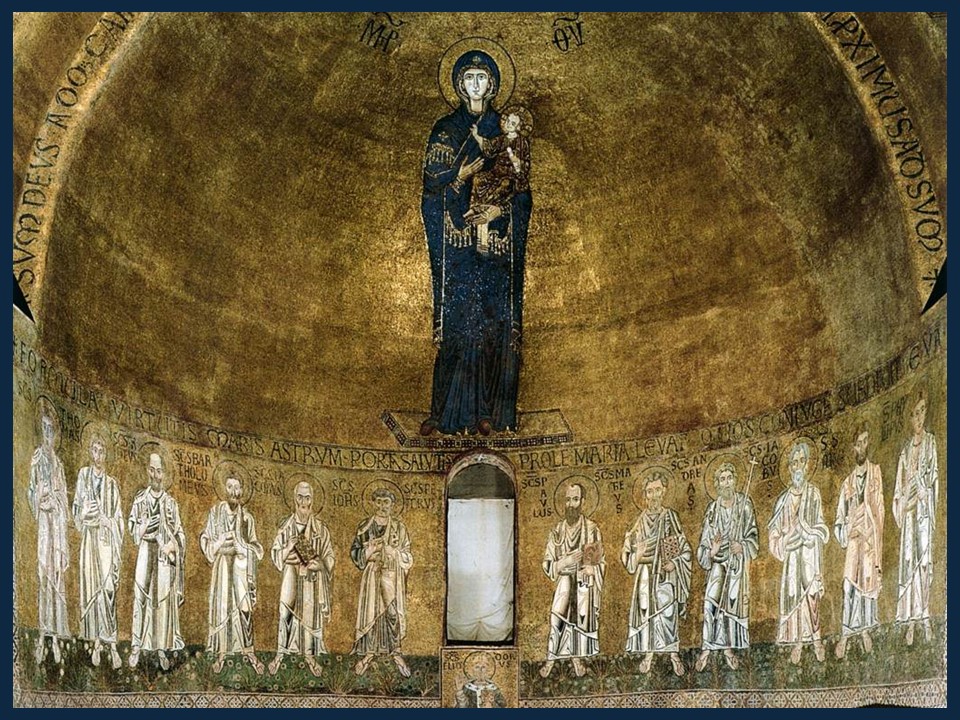
The apse mosaic in the Cathedral of Santa Maria Assunta on Torcello island is a stunning masterpiece of Byzantine art, featuring the Hodegetria and the Apostles. The central figure of the Virgin Mary, depicted as the Hodegetria, stands with the Christ Child on her arm against a shimmering gold background, guiding the faithful with her serene yet commanding presence. The Hodegetria, wrapped in precious garments, and labelled in Greek, emphasises both the universal and local significance of the imagery. Below this scene, are the twelve Apostles including Saint Paul, each rendered with distinctive expressions and postures, symbolizing the foundation of the Christian Church. The Triumphal arch above showcases the Annunciation, with Gabriel and Mary on opposite sides.
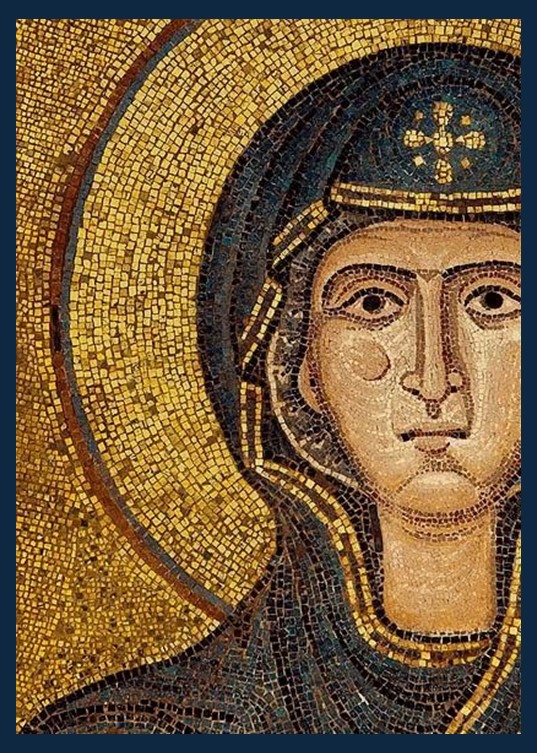
The mosaic, with its intricate gold background and detailed iconography, radiates a profound sense of divine authority and spiritual tranquillity. Created in the 11th century, this artwork exemplifies the exquisite craftsmanship and deep religious devotion characteristic of Byzantine mosaics, making it one of the most revered and admired features of the Cathedral.
For a Student Activity, please… Check HERE!
